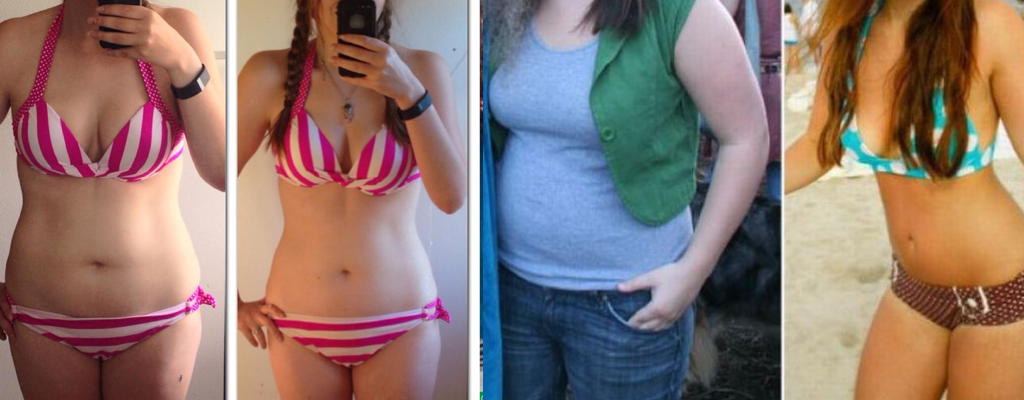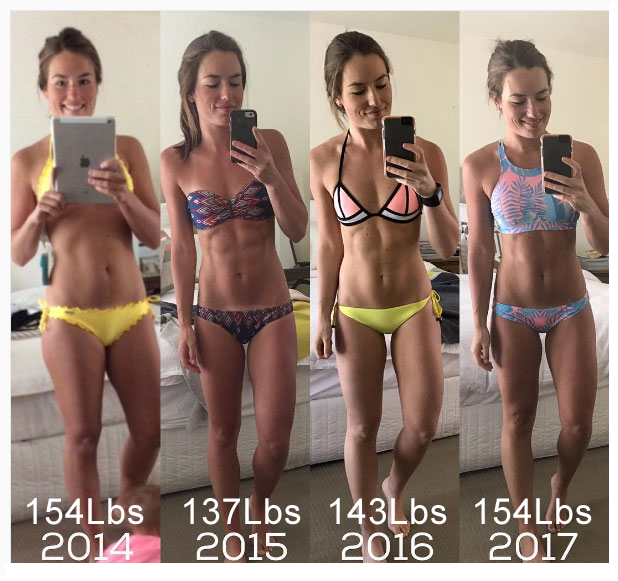Why Am I Not Losing Weight Walking?

Why Am I Not Losing Weight Walking?
Do you groan when you step on the scale and see you haven't lost any weight?
It's frustrating when you've been walking to lose weight and you aren't seeing the results you want.
Take a step back and examine why you may not be seeing the scale move in the right direction. The painful answer is that weight loss and weight gain are simple math: If you eat more calories than you use each day, you gain weight. If you eat fewer calories than you use each day, you lose weight. To lose weight you need to eat fewer calories and/or burn more each day. For sensible, long-term weight control and to reduce your health risks, you should both eat less and exercise more. A pound of fat equals 3500 calories. To lose 1 pound a week you will need to expend 3500 more calories than you eat that week, whether through increased activity or decreased eating—or both
The American Heart Association recommends 30 to 60 minutes of brisk walking or other moderate-intensity exercise almost every day of the week to help lose weight. That amount of exercise is also associated with reducing your major health risks.
How Many Calories Do I Burn Walking?
Each mile you walk burns between 55 and 140 calories, depending mostly on your weight, with speed and technique being secondary factors.
How Can I Burn More Calories Per Mile?
There are a few techniques you can use to burn more calories for each mile you walk. Some of these are easier than others, and they each have their benefits and drawbacks.
Pick up your pace to 12-minute miles and under, and use racewalk techniques. Racewalkers burn as many as a third more calories per mile.
Use fitness walking poles to increase your calorie burn per mile, as you use the muscles in your arms as well as your legs.
The more you weigh, the more calories you burn per mile. As you lose weight, you are burning fewer calories per mile. Some walkers add weight belts or weighted backpacks to increase their calorie burn. Be careful in doing this. Don't throw off your posture or put more stress on your joints. For those who are losing weight and whose body is used to carrying around more pounds, a weight belt would be a more natural way to carry more weight.
Once you begin to lose weight, you will find yourself speeding up. An extra 20 pounds can really drag you down. You may burn fewer calories per mile, but you'll be able to cover more miles in the same period of time. That can work out to more calories burned per walking workout.
The body needs some time to mobilize the processes that dip into your fat stores for calories rather than just burning the simple sugars readily available in your cells. If you walk fast, always begin with a 10-minute warm-up at a moderate pace to get your body into fat-burning mode. Use this fat-burning walking workout. Bad News for Sedentary Dieters If you don't add exercise while dieting, your body doesn't just burn fat, it also burns muscle. Dieters can end up in worse physical condition after the diet than before.
Sitting still for much of the day is also being recognized as its own health risk. Good News for Physically Active Dieters If you build muscle while dieting, you are increasing your metabolism. Those muscles burn a few more calories even while at rest, even while sleeping. If you have just taken up walking or have begun to racewalk, you are building muscle. If you have always been a walker, you should now add some strength exercises to build muscles while dieting.
Upper body exercises are recommended, as walking will not build your upper body. Walking is a weight-bearing activity and will help prevent osteoporosis as you age. You Still Need to Watch What You Eat If you have increased your walking and the scales are still going up after a month, you need to look at what you are eating. You need to take in fewer calories. There are many strategies and diets to do this, but do it sensibly and with an eye to maintaining good nutrition. Explore what the right number of calories is for your level of physical activity and your weight loss goal. Use the weight loss calculator to find the right number.
The take-away.
It is frustrating when you've been increasing your physical activity and watching what you eat but you aren't seeing results. Take a step back and analyze your eating habits with a calorie goal and a food diary or app. Use a pedometer or fitness band that will measure your exercise, and consider one that has inactivity alerts as well. Dedicate yourself to better nutrition and a healthy amount of activity and you will have health benefits even if you don't see immediate results in losing weight.

Call Steve, In-Training Sports | 561-281-8330
In Training Sports
www.intrainingsports.com
Personal Trainer,
servicing West Palm Beach, Palm Beach, Wellington and Jupiter Florida
3131 Village Blvd, #305
West Palm Beach, FL 33409